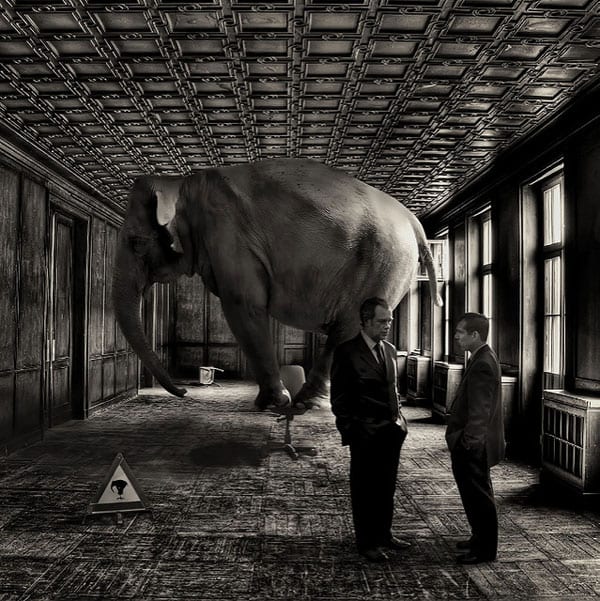
November 27, 2018; Washington Post and the New York Times
Overall charitable giving in the United States continues to grow, surpassing $410 billion in 2017. But, like the wealth of our country, there is a disturbing divide—a growing portion of the money being given comes from a small number of very wealthy donors who give headline-making large gifts and establish foundations and donor-advised funds. More funding for the nonprofit sector sounds like good news, but there is an underside. Or, as NPQ has asked in the past, “Should the wealthiest citizens have special access and be able to use their resources to set directions that meet their visions?”
Professors Jennifer E. Mosley (University of Chicago) and Brenda K. Bushouse (University of Massachusetts—Amherst), writing in the Washington Post, think the growing power of mega-donors is a trend to worry about; such donors’ “initiatives are not just charitable; they are also political. As we and others are showing in a new line of research, philanthropies often act as interest groups, shaping the agenda and dynamics of policymaking.”
With the ability to provide significant amounts of money, particularly in an era of more limited public funding, large donors can set societal priorities that reflect very personal interests. Their power is further magnified because the structures mega-donors use to apply their wealth charitably “have unparalleled freedom to select and pursue any agenda. They are established simply to give money according to the founder’s mission—which gives them a very broad scope. No other kind of organization—for-profit or nonprofit—has this kind of flexibility.”
Sign up for our free newsletters
Subscribe to NPQ's newsletters to have our top stories delivered directly to your inbox.
By signing up, you agree to our privacy policy and terms of use, and to receive messages from NPQ and our partners.
Donors also can influence where and how research and evaluations are conducted, which grants their efforts a measure of increased credibility. As Mosely and Bushouse write, “People are often suspicious when for-profit companies, like those in the pharmaceutical industry, sponsor research. But foundation-funded research gets a pass, perhaps because the general public perceives foundations as primarily charitable, with a lack of material interest in policy outcomes.”
Money, flexibility, and credibility combine to let mega-donors form broader coalitions with operating nonprofits, advocacy groups, and government: “By funding those groups, linking them to one another and helping coordinate their actions, foundations play a crucial and all-but-invisible role in shaping what Americans know and how they think about a variety of social, environmental and health issues.”
Under our current policies and laws, “philanthropy can be a powerful force for good when it helps subsidize innovation and experimentation that would not happen otherwise. But given their power—and tax advantages—perhaps philanthropists deserve our scrutiny as much as our celebration.” The present concentration of wealth and power acts as a barrier against efforts to require greater accountability from mega-philanthropists. But, even if pushing back is risky and difficult, as Ruth McCambridge observes, “We should be considering what kind of society we want to live in and if we want one appallingly rich young man substituting his decisions for those that should be made by elected officials who, in theory, could be held accountable to the public.” Has the reality of mega-philanthropy gone too far, or can we still demand the needed changes?—Martin Levine













